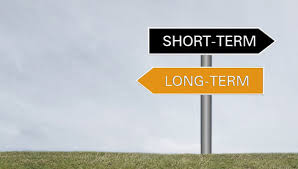A buoyant property market does not necessarily equate to good rental returns especially when considering overall return, according to RiskWise Property Research.

For example, if you get $500 per week in rental return and the property is worth $500,000 that equates to about 5 per cent. But in Sydney the average rental return is 3 per cent and that could go down to 2.5 per cent if property prices continue to rise.
Some investors believe they can have strong cashflow and good capital growth.
This is generally an unrealistic expectation. In many cases people who invest in areas that generate strong cash flow would achieve low overall return (rental return plus capital growth).
In many cases they would be simply better off investing in other markets especially as our research shows high rental yields do not necessarily mean high overall returns for investors.
A five-year analysis of the property market by RiskWise clearly demonstrated that, over the medium to long term, low rental returns delivered significantly higher overall return, while high rental returns delivered lower ones overall.When you breakdown properties with high rental returns and low rental returns, you see purchasing the high rental return ones is extremely affordable, whereas a low rental return dwelling costs roughly three times more, which generally means they are blue chip.
However, what we have found is that a breakdown of the properties with the high rental returns showed overall growth, in some cases, in the negative.
In theory I want to see 6 per cent rental returns, but if capital growth is -7 per cent what happens then?
I find myself with a depreciating asset in a weak property market.
What it means is people who invested in very affordable suburbs that carried a high level of rental return, with the expectation to see strong overall growth, have achieved exactly the opposite result.
We found low-rent houses increased their equity by more than twice that of high-rent ones.

Then you simply hold them for a long period of time and there will only be a small risk of the property not enjoying good overall return.
Even if there are downturns in the market, these markets are so strong they recover well and reach new peaks as opposed to other markets that could suffer from sustained periods of price reductions or stagnation.
Unsurprisingly, at this point of time family-suitable properties in areas that have good access to the Sydney and Melbourne CBD, are highly likely to deliver very strong overall return, although the rental return in these markets is low.
Other areas with strong overall return and relatively low rental returns are houses in the popular areas of southeast QLD.”














